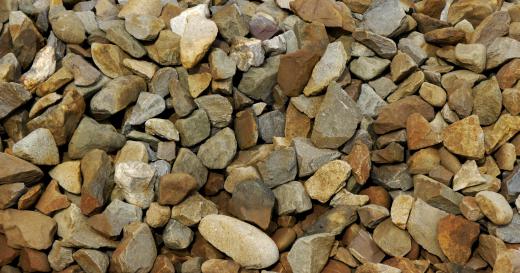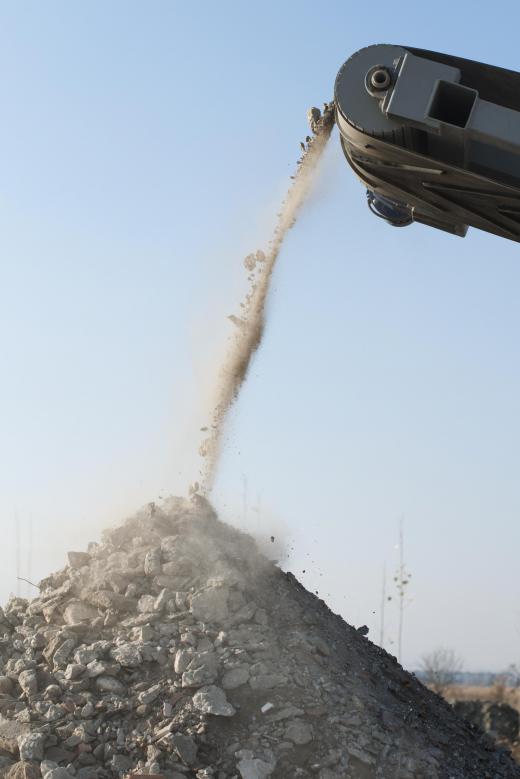Crushed aggregate, also known as rock aggregate, refers to a crushed stone product produced in quarries. In areas where natural sand and gravel aggregate deposits are insufficient to handle local demand, larger stones are processed in an impact crusher to create crushed rock aggregate. The greater costs of production involved in mining and processing the stones to create crushed aggregate mean that the cost of this material is often significantly higher than that of comparable natural products.
All aggregate is divided into two types: fine and coarse. Fine aggregate is broken up into smaller pieces than coarse aggregate. When put through a separator or aggregate washer, coarse crushed aggregate will pass through a 3-inch (7.62-cm) sieve but will not go through a No. 4 sieve. Fine crushed aggregate will pass through a No. 4 sieve but will be stopped by a No. 200 sieve during the aggregate screening process.

The different aggregate sizes and types are appropriate for specific uses in the construction and landscaping industries. For example, although the larger, coarse crushed aggregates are more economical, this type of aggregate can present problems if used in concrete forms for upright structures. By comparison, fine aggregate is suitable for use in concrete, but it would not be a recommended choice for the creation of a roadbed or driveway.

The stone and aggregate industry creates crushed aggregate using a lengthy process. The stone must be mined in a quarry and then transported to the rock crusher, which begins the process of crushing the larger stones into more manageable pieces. As the stones leave the rock crusher, they are sent on to a rock conveyor for transport to the impact crusher, where they will be broken down further.

After being processed in the impact crusher, the aggregate is screened for sizing. This process might be handled in a screen shaker or during the washing process in an aggregate washer. If the aggregate is sufficiently crushed, it is transported to the storage area. If the stone is not crushed to the desired size and type, the process is repeated or the stone is transported to other equipment for further processing.

So much machinery, time and labor is involved in the creation of crushed aggregate that it can become a very expensive product. Despite the cost, aggregate products are the main component of concrete construction. In the majority of cases, crushed aggregate is used locally to prevent further costs being incurred in transporting the material.
